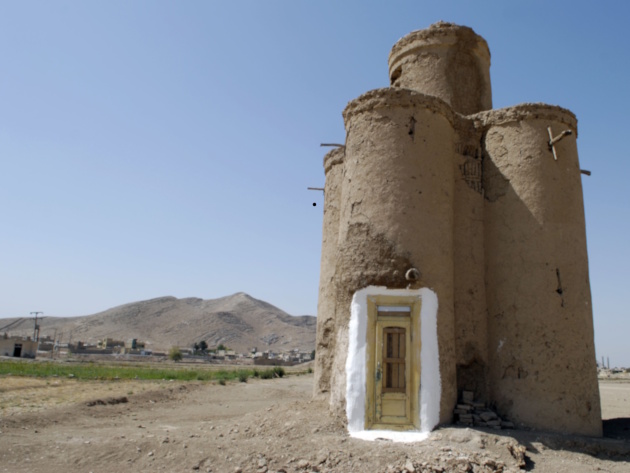
Promoted by Roma Capitale, Department of Culture - Capitoline Superintendence of Cultural Heritage and organised by ISMEO - International Association for Mediterranean and Oriental Studies, with the patronage of the Ministry of Foreign Affairs and International Cooperation, the exhibition at the Museo Pietro Canonica in Villa Borghese recounts the origins, evolution, use and socio-economic importance of the imposing dovecote towers of the Esfahan region in Iran.
Many of the approximately three thousand towers that once surrounded Esfahan date back to the reign of Shah Abbas the Great (1557-1628), ruler of the Safavid dynasty, who left a lasting mark on the urban layout and monuments of the city. Built of raw earth and designed to house thousands of pigeons and collect their guano, which was used as a natural fertiliser in agriculture, the towers could reach 25 meters in diameter and 20 meters in height. The interior walls featured nesting niches, while the exterior surfaces were covered with smooth plaster, designed to prevent access by predators.
Taken as part of the ISMEO “Borj-e Kabotar” project, the panoramic views and detailed photographs presented in the exhibition, accompanied by audio-visual material and two three-dimensional models in plaster powder and resin, illustrate the spatial and architectural complexity of the towers, as well as their harmonious dialogue with the landscape and their restoration and reuse in the present day. Two oil paintings by Alberto Pasini, part of the collection of the sculptor Pietro Canonica, provide an unexpected link between the theme of the exhibition and the museum. The works, created between 1855 and 1856 during Pasini’s trip to Iran in the entourage of diplomat Prosper Bourée, include a rare depiction of the Kunickak dovecote towers, a valuable testimony to the Orientalist imagery of 19th-century Italian art.
Informationen
Dal 22 ottobre 2025 all'11 gennaio 2026
Orario ora legale
Dal martedì al venerdì ore 10.00 - 16.00
Sabato e domenica ore 10.00 - 19.00
Orario ora solare (da domenica 26 ottobre 2025)
Dal martedì alla domenica ore 10.00 - 16.00
Ultimo ingresso ore 15.30
 Condividi
Condividi











































